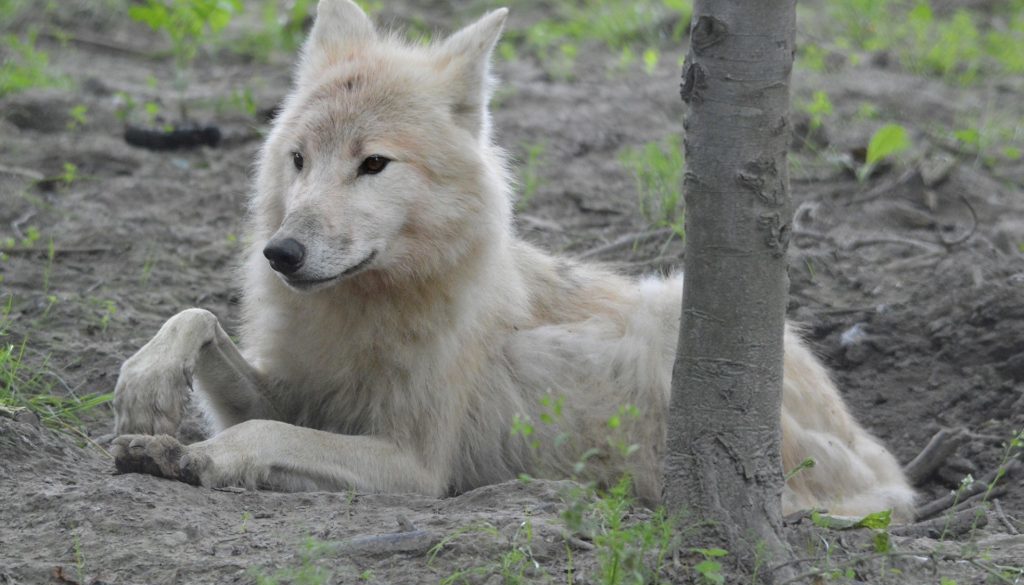Celebrate Endangered Species Day, Stop Extinction
By Kirin Kennedy, Sierra Club
Endangered Species Day is a celebratory day to bring to light the importance of the Endangered Species Act and its impact on animal conservation. The Endangered Species Act was passed in 1973 by the United States Congress and since that time has been responsible for the recovery of many iconic species, including the gray whale which was declared recovered in 1994 and the bald eagle in 2007. In recent years the Endangered Species Act has been under assault as industry, manufacturing, oil, and gas, would like to have key changes made to weaken the Act and essentially leave animals helpless towards recovery.
We know that the Endangered Species Act is 99 percent effective in preventing species extinction and that when species are listed they receive the necessary support and habitat management needed to allow for recovery. We know that sound science should be the guiding factor in determining whether species, both flora and fauna, are listed as endangered or removed from the endangered species list– “delisted.” And we know what happens when those decisions are misguided by politics; we’ve seen proposals like the delisting of the grizzly bear in the Greater Yellowstone Ecosystem and the lower 48 gray wolf.
Let’s look at the grizzly bear for a moment. The bear itself used to have a large range in the continental United States. Yet currently, the bear can be found in Greater Yellowstone, the Selkirk/Yaak area and the Northern Continental Divide Ecosystem with a total estimated population of about 1,700 bears. While the numbers are higher than they were prior to listing, a lack of habitat, issues of habitat fragmentation, shifting food sources as a result of climate change, as well as human-bear conflicts have hindered the bear’s ability to recover. When delisting decisions are made, they should look at the totality of what is necessary to claim recovery which includes access to food and habitat, the ability to be connected and thrive genetically, and unimpeded migration.
The gray wolf is another example of an apex species that would have a huge effect if it were to go extinct. In the lower 48, wolves used to roam from the Great Lakes through 29 eastern states and throughout the west.; they are now confined to mostly the Midwest and the Rocky Mountains. This past March, the U.S. Fish and Wildlife Service (USFWS) issued a rule that would delist the gray wolf in the U.S. across the lower 48 states. The rule comes despite a court ruling that wolves in the midwest have not fully recovered and that there are still large pockets of the U.S. in the wolf’s historic range with no gray wolves at all. USFWS’s rule does not show the necessary proof that wolves are fully recovered in the lower 48 or that they could survive the many things that would cause wolf mortality. There is currently a public comment period that ends on July 15, allowing for people to comment on the wolf and why it should continue to be listed. Add your voice to the calls for continued protection of this majestic animal.
As we think about climate change and the impact that key species will have if they are gone, we should also think about how we can aid in the conservation of wildlife, habitats and plant species; we are all interconnected and need each other for survival. On this Endangered Species Day, let’s think about what a world would be like if no species were endangered and we had both healthy human and wildlife populations.

